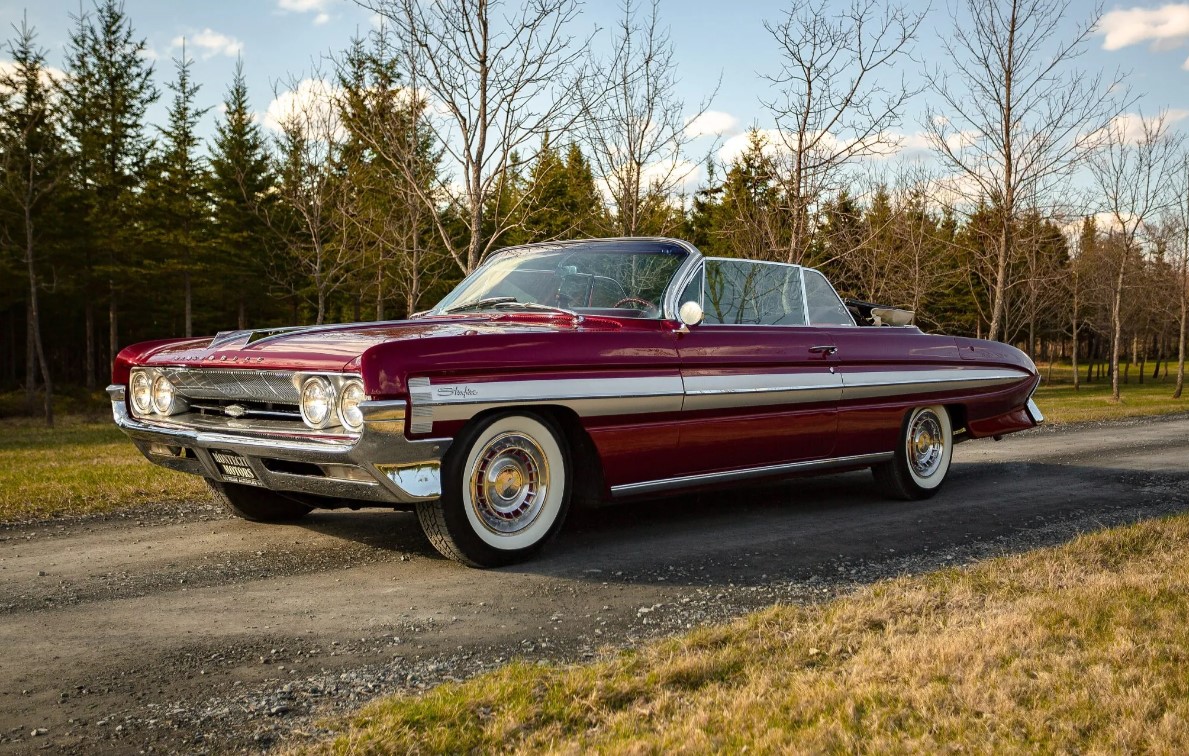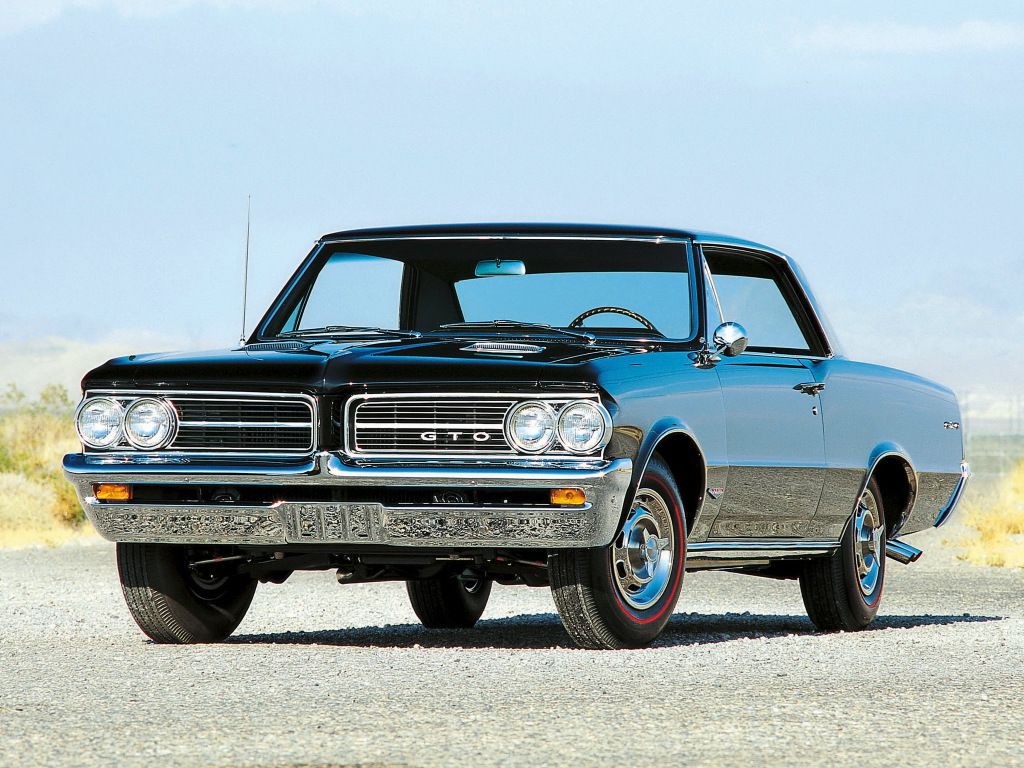The Mercedes-Benz Ponton, introduced in the early 1950s, occupies a special place in the history of automobiles. This iconic car, officially known as the Mercedes-Benz W120/W121, marked a turning point for the German automaker. It combined the brand's reputation for luxury and engineering excellence with a fresh, streamlined design that reflected the era's evolving automotive aesthetics. In this comprehensive exploration, we will delve into the history, design, engineering, and cultural significance of the Mercedes-Benz Ponton, celebrating its role as a symbol of elegance and innovation.
-1692931928x1024.jpg)
Origins and Design Philosophy
The Mercedes-Benz Ponton emerged from a post-World War II landscape where economic recovery and technological advancement were at the forefront of global priorities. In 1953, Mercedes-Benz unveiled the W120 and W121 series, which collectively became known as the Ponton. The term "pontoon" was borrowed from the vehicles' unibody construction, which featured distinct fenders integrated into the main body of the car, resembling pontoons on a seaplane. This design approach was a departure from the separate chassis and fender design that had been prevalent in the pre-war period.
-1692932021x1024.jpg)
At its core, the design philosophy of the Ponton was one of understated elegance and engineering excellence. The body lines were clean, devoid of excessive ornamentation, and characterized by a harmonious integration of form and function. The car's aesthetic appeal lay in its simplicity and timelessness, qualities that have allowed the Ponton to remain visually appealing even in the context of modern automotive design.
Innovations and Technological Advancements
Beyond its aesthetic prowess, the Mercedes-Benz Ponton was a showcase of technological innovations that were groundbreaking for its time. The unibody construction itself was a pioneering concept that not only contributed to the car's structural integrity but also marked a shift toward more efficient manufacturing processes. This construction method would eventually become standard in the industry due to its advantages in terms of weight reduction and improved safety.
Under the hood, the Ponton boasted advanced engineering that included the adoption of fuel-injected engines, a development that significantly improved fuel efficiency and power delivery. Mercedes-Benz's commitment to performance was underscored by its use of independent suspension systems at all four wheels, a feature that contributed to the car's superior handling and ride comfort. Additionally, the Ponton was equipped with safety features like crumple zones and a padded dashboard, reflecting the company's dedication to occupant protection.
Cultural Impact and Legacy
-1692932089x1024.jpg)
The Mercedes-Benz Ponton not only set new standards in automotive engineering but also left an indelible mark on popular culture. It became a symbol of prestige, synonymous with luxury and quality craftsmanship. The car's appearance in films, television shows, and advertisements solidified its status as an aspirational vehicle, perpetuating the brand's image of sophistication and excellence.
Furthermore, the Ponton played a pivotal role in shaping Mercedes-Benz's trajectory as a brand. It helped establish the company as a purveyor of high-performance luxury vehicles that were at the forefront of technological innovation. The Ponton's success laid the foundation for Mercedes-Benz's subsequent models, which continued to push the boundaries of design, safety, and performance.
Collectibility and Enthusiast Community
-1692932130x1024.jpg)
As time has passed, the Mercedes-Benz Ponton has transitioned from being a contemporary vehicle to a classic icon. Collectors and automotive enthusiasts worldwide recognize its historical significance and enduring appeal. Well-preserved Ponton models have become sought-after treasures, with their scarcity driving up their value in the collector car market.
The Ponton's legacy is also kept alive by dedicated enthusiast communities. These groups celebrate the car's heritage, organize events, and offer resources for restoration and maintenance. Through these communities, a shared passion for the Ponton is nurtured, ensuring that its story continues to be told for generations to come.
Influence on Modern Automotive Design
-1692932159x1024.jpg)
The Mercedes-Benz Ponton's influence can be seen in the design language of modern Mercedes-Benz vehicles. The brand's commitment to sleek, minimalist design and its emphasis on incorporating advanced technology into its vehicles can be traced back to the principles embodied by the Ponton. Elements such as aerodynamic shaping, integrated lighting, and attention to detail in both exterior and interior design harken back to the timeless aesthetic of the Ponton era.
Moreover, the Ponton's engineering innovations have had a lasting impact on the automotive industry as a whole. Concepts like unibody construction, independent suspension, and safety-focused design have become integral to modern vehicles, shaping the way cars are built for performance, comfort, and safety.
Conclusion
The Mercedes-Benz Ponton stands as a testament to the power of innovative design, engineering excellence, and timeless aesthetic. Its legacy is firmly rooted in its ability to bridge eras, serving as a link between the past and the future of automotive advancement. From its understated elegance to its groundbreaking technological innovations, the Ponton has left an indelible mark on automotive history. As a cultural icon, a technological marvel, and a touchstone for automotive enthusiasts, the Mercedes-Benz Ponton continues to inspire and captivate, reminding us of the profound impact a single vehicle can have on an entire industry.


